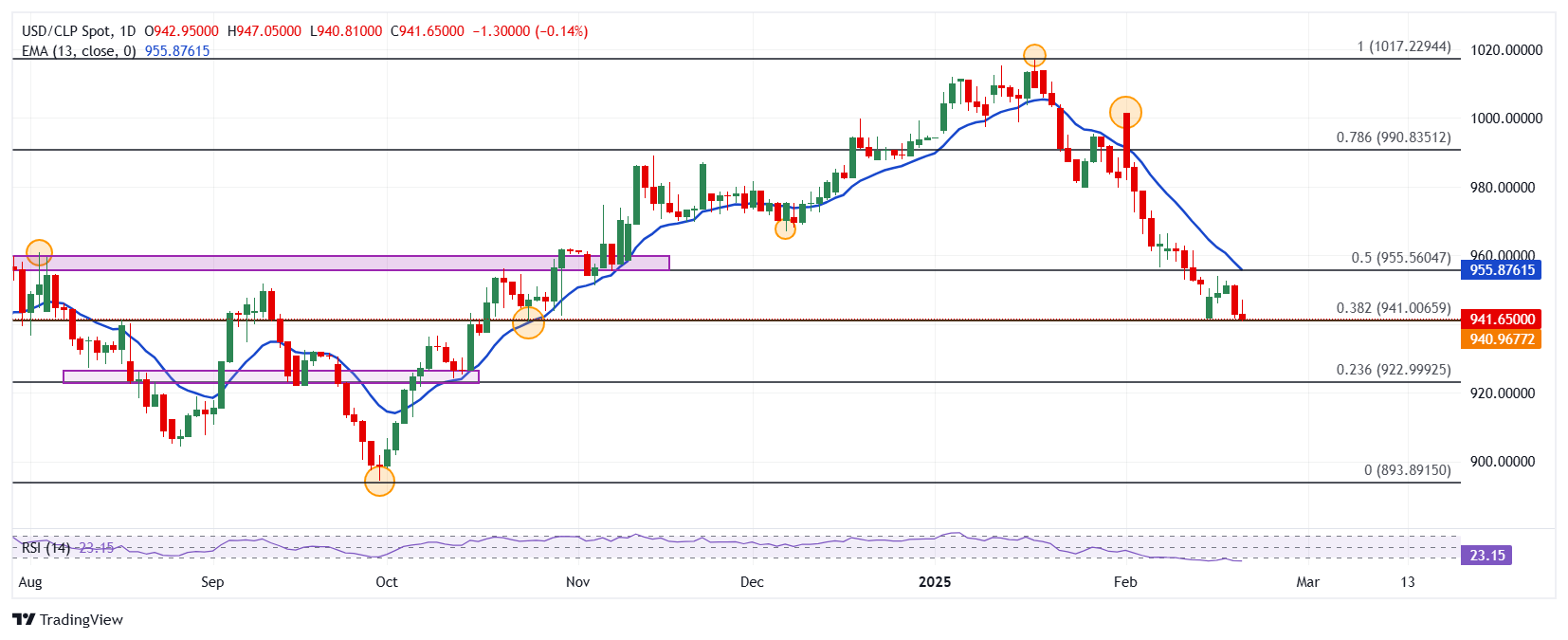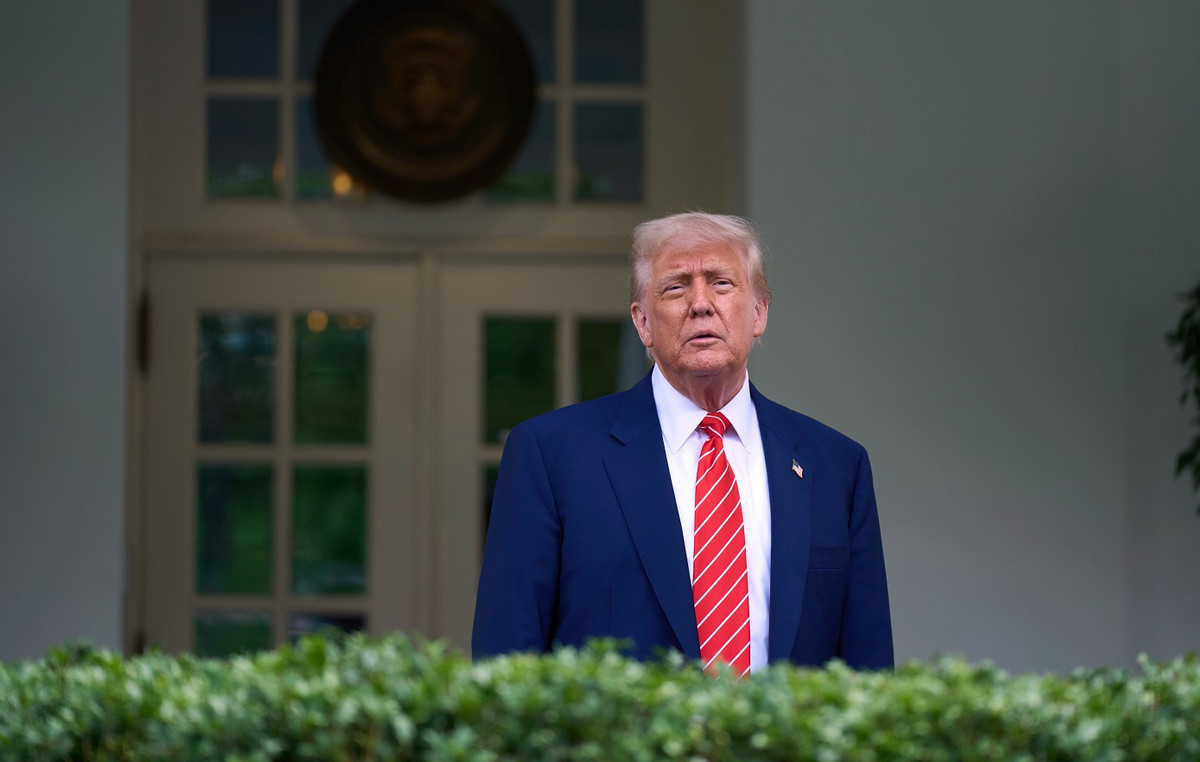- The dollar falls 0.05% daily, currently operating in 942.49.
- The dollar index (DXY) rises 0.25% today, staying within the operational range of the previous session at 106.62.
- Analysts project that the United States Global S&P services PMI is located in 53, slightly higher than that registered in January.
- The US day’s economic agenda, considers the speeches of Mary Daly and Philip Jefferson, members of the Fed.
The USD/CLP frames a daily maximum at 947.05, finding vendors that struck the parity to a minimum of the day at 942.25. At the moment, the USD/CLP operates over 942.49, marginally retreating 0.05% in the last session of the week.
The Chilean peso gains traction against the US dollar before the publication of the Global S&P PMIs
The look of investors will focus today on the PMIs of the United States Global. Market forecasts expect a slight expansion in the PMI of services to 53 in February, from 52.9 registered in January. On the other hand, the consensus of analysts expects to be located in 51.5, above the 51.2 reached the previous month.
On the other hand, the Chilean peso signs its second consecutive session upwards, keeping at four months maximum, while the USD/CLP extends its losses and goes back 0.05% in the day, establishing a minimum daily at 942.25.
During the American session, Philip Jefferson and Mary Daly, members of the Federal Reserve, will offer their speeches by providing additional clues about the mode of action of the monetary authority in the short term.
Technical levels in the USD/CLP
The USD/CLP reacted down from a short -term resistance given by the maximum of February 3 in 1,001.60. The next key resistance is observed at 1,017.05, pivot point of January 17. To the south, the important support is at 894.25, minimum of September 30, 2024.
USD/CLP daily graphics

US dollar FAQS
The US dollar (USD) is the official currency of the United States of America, and the “de facto” currency of a significant number of other countries where it is in circulation along with local tickets. According to data from 2022, it is the most negotiated currency in the world, with more than 88% of all global currency change operations, which is equivalent to an average of 6.6 billion dollars in daily transactions. After World War II, the USD took over the pound sterling as a world reserve currency.
The most important individual factor that influences the value of the US dollar is monetary policy, which is determined by the Federal Reserve (FED). The Fed has two mandates: to achieve price stability (control inflation) and promote full employment. Its main tool to achieve these two objectives is to adjust interest rates. When prices rise too quickly and inflation exceeds the 2% objective set by the Fed, it rises the types, which favors the price of the dollar. When inflation falls below 2% or the unemployment rate is too high, the Fed can lower interest rates, which weighs on the dollar.
In extreme situations, the Federal Reserve can also print more dollars and promulgate quantitative flexibility (QE). The QE is the process by which the Fed substantially increases the flow of credit in a stuck financial system. It is an unconventional policy measure that is used when the credit has been exhausted because banks do not lend each other (for fear of the default of the counterparts). It is the last resort when it is unlikely that a simple decrease in interest rates will achieve the necessary result. It was the weapon chosen by the Fed to combat the contraction of the credit that occurred during the great financial crisis of 2008. It is that the Fed prints more dollars and uses them to buy bonds of the US government, mainly of financial institutions. Which usually leads to a weakening of the US dollar.
The quantitative hardening (QT) is the reverse process for which the Federal Reserve stops buying bonds from financial institutions and does not reinvote the capital of the wallet values that overcome in new purchases. It is usually positive for the US dollar.
Source: Fx Street
I am Joshua Winder, a senior-level journalist and editor at World Stock Market. I specialize in covering news related to the stock market and economic trends. With more than 8 years of experience in this field, I have become an expert in financial reporting.







